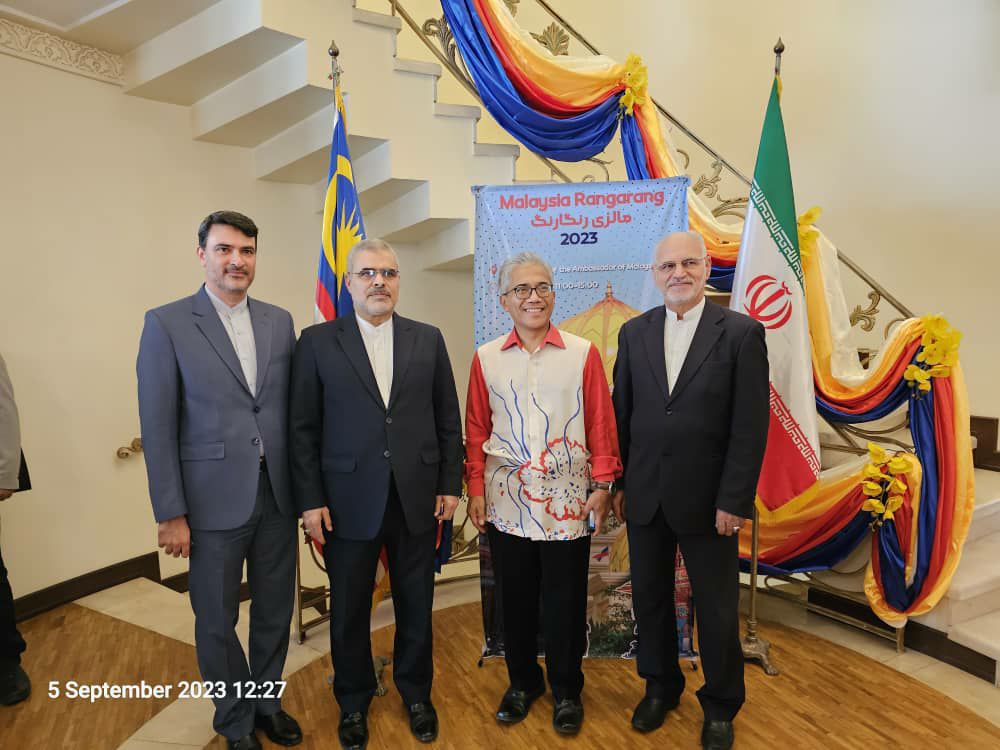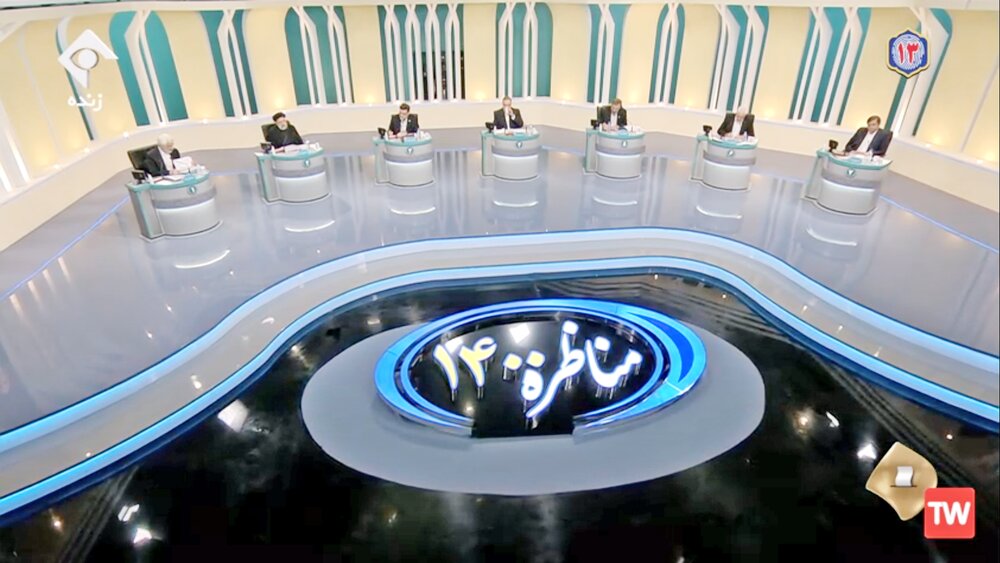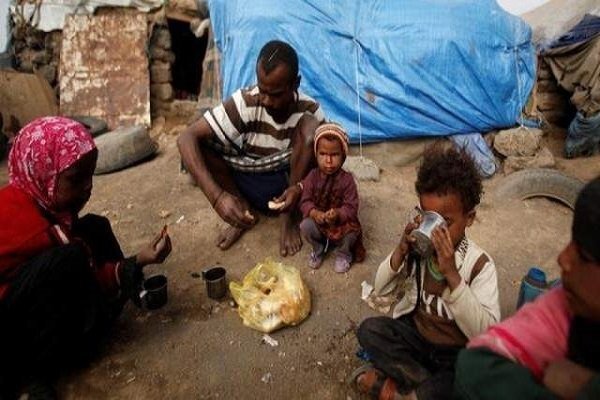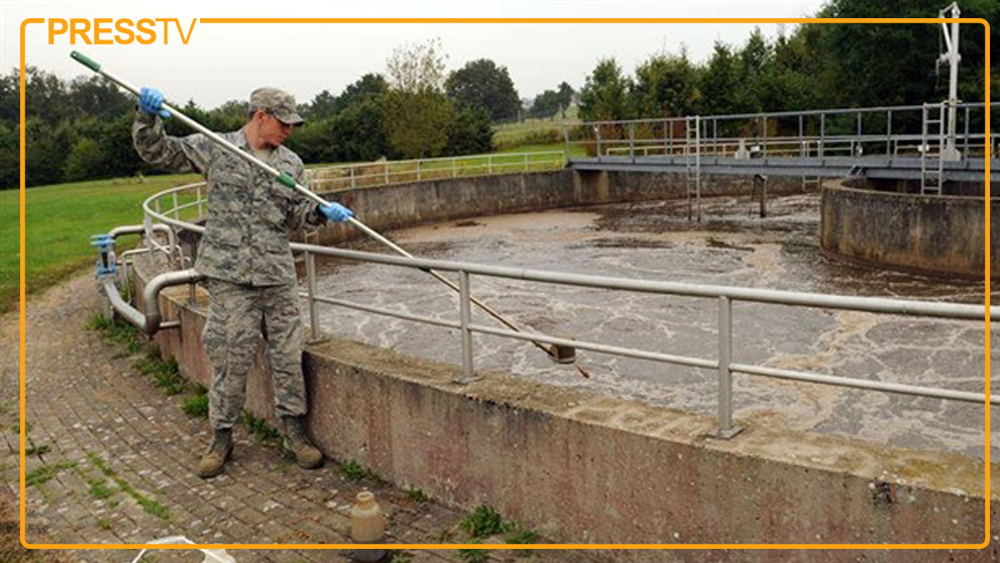Iran Rules Out Gas Exports to Europe for Now
TEHRAN (Iran News) Speaking at a press conference on the sidelines of the 29th International Oil Exhibition, Tavakoli said that during the past winter, Iran faced a gas supply-demand imbalance of 350 million cubic meters per day — a situation that has been building up over several years. Despite this, the country managed the winter energy demand with coordinated efforts, achieving several operational milestones.
Tavakoli highlighted that for the first time, Iran’s gas network reached the production of 880 million cubic meters of dry gas per day. This was achieved under difficult conditions, including record-low temperatures in 11 provinces, depleted gas reservoirs, and an increased number of new users — approximately 900,000 households.
The successful navigation through winter 2024-2025, according to Tavakoli, was the result of early planning and interdepartmental coordination within the Oil Ministry. Despite ongoing refinery overhauls, gas supply stability was maintained. Notably, gas distribution to households, especially in the north, faced no disruptions, even as output from certain refinery units exceeded nominal capacity limits.
Among key developments, 17 gas compression stations were launched, 30 turbo-compressors were deployed at critical sites, and gas transmission capacity in eastern Iran increased by 50 million cubic meters. Tavakoli praised the Oil Minister’s initiative to launch early fuel management meetings, which played a decisive role in ensuring preparedness.
On the efficiency front, Tavakoli criticized the widespread use of low-efficiency domestic heaters, which make up a large portion of household consumption. With 20 million heaters in operation, many still function at only 60–70% efficiency. He confirmed the rollout of high-efficiency heaters (above 85%) free of charge for consumers, provided old units are returned.
Regarding pricing policy, Tavakoli said gas tariffs fall under the jurisdiction of the Planning and Budget Organization. Last year, higher rates were applied to excessive users in the top consumption brackets, with some gas bills in Tehran reaching up to 300 million tomans. He emphasized that pricing tools are crucial for encouraging responsible consumption.
On gas supply projections for the upcoming winter, Tavakoli noted that to meet the full demand from all consumers, Iran would require 1.2 billion cubic meters of gas per day — a figure that remains unattainable with current infrastructure. As such, alternative fuels will continue to supplement winter energy needs, especially in industrial sectors, to ensure uninterrupted household supply.
Tavakoli reported a 16% year-on-year increase in fuel deliveries to power plants during the first 45 days of the Persian calendar year (starting March 20), with a notable growth in gas’s share — indicating stronger supply performance
In terms of international gas trade, Tavakoli confirmed Iran’s strategic priority under its 7th Development Plan to deepen energy ties with neighboring countries and establish a regional gas hub. However, he clarified there are no current plans or serious negotiations for gas exports to Europe. He emphasized that the focus remains on regional cooperation, particularly with countries in the CIS.
Responding to questions about gas transit to Turkey via Turkmenistan, he said an export agreement has already been signed and became operational at the end of winter. Iran continues to support the swap arrangement and hopes to finalize a long-term gas purchase contract with Turkmenistan.
Regarding cooperation with Russia, he revealed that negotiations are ongoing, with discussions focused on pricing and payment mechanisms for a proposed project with a 55 bcm annual capacity. Iran is studying whether existing infrastructure via intermediary countries — Azerbaijan, Armenia, and Georgia — can accommodate Russian gas imports, as Iran and Russia do not share a land border.
Tavakoli highlighted the importance of gas imports for stabilizing supply in northern Iran, where no major gas production sources exist. He said facilitating such projects is part of Iran’s legal obligations under the 7th Development Plan.
On gas storage, he said the Sarajeh Qom storage facility is nearing completion and will be operational before the end of summer. A second unique project is under study, which would store gas in a salt dome for the first time in Iran, offering strategic proximity to energy infrastructure.
During winter 2024–25, he said, 80% of gas was consumed by households, commerce, and smaller industries, with only 18% going to power plants and major industries. Residential supply remained the top priority, while large industrial consumers were served based on coordination with the Ministry of Industry.
He reiterated the need for better consumption management, urging implementation of energy efficiency mandates requiring a 1% annual improvement in industrial gas usage. He criticized the geographic placement of energy-intensive industries, noting that while 75% of Iran’s gas is produced in the south, 92% is consumed in the north.
Discussing plans to boost output, Tavakoli said South Pars remains the primary source, with recent enhancements in gas processing capacity at Phase 14 thanks to new turbo-compressors. The completion of Iran’s 9th nationwide transmission pipeline from Ahvaz to Dehgolan will further improve transport capacity.
He noted that weather is a major factor in gas planning, beyond the company’s control. If next winter mirrors the milder winter of 2022–23, conditions will be favorable. However, another harsh winter like 2023–24 would pose significant challenges, though planning efforts are already underway.
Tavakoli also welcomed foreign investment in Iran’s gas sector, highlighting recent promising negotiations. He encouraged energy-intensive industries to invest in upstream gas projects, offering them a share of the output in return.
Regarding gas exports to Pakistan, he confirmed Iran’s readiness but said the initiative depends entirely on the Pakistani government. On Turkey, he said Iran is working to extend its gas export contract, set to expire in 2026, while reaffirming the internal supply priority.
- source : IRAN NEWS ECONOMIC DESK






























